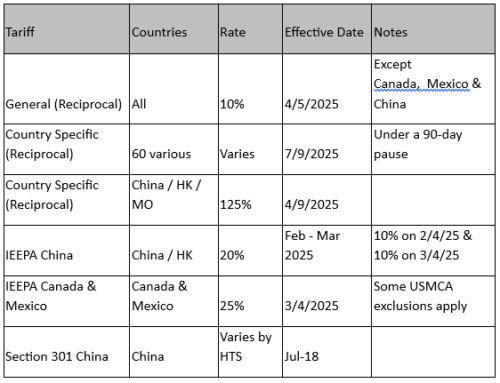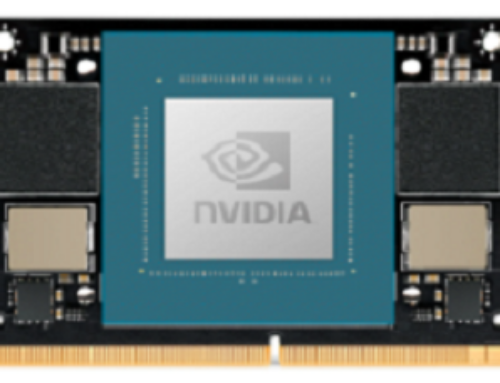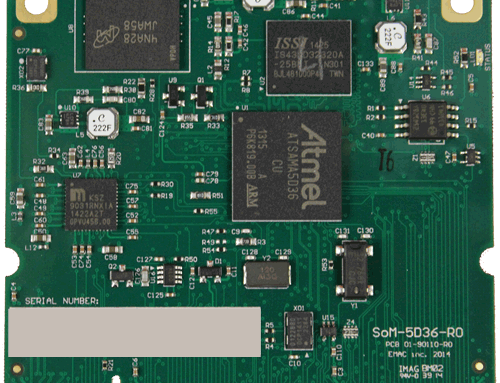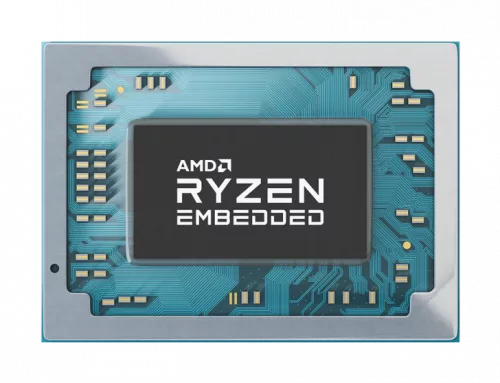Agriculture is a critical industry that is vital to feeding the world’s growing population. The use of technology has played a significant role in improving the efficiency and productivity of the industry. One of the most significant technological advancements has been the use of embedded systems in agriculture. These types of solutions typically fall into our custom and semi-custom OEM and ODM division for manufacturers.
Precision Agriculture:
Embedded systems are widely used in precision agriculture, which is a critical component of modern day agriculture. Precision agriculture uses embedded systems to collect and analyze data on various aspects of the growing process, such as soil moisture, temperature, and nutrient levels. This data is then used to make informed decisions on irrigation, fertilization, and other critical aspects of the growing process, resulting in more efficient use of resources and increased yields.
Livestock Monitoring:
Embedded systems are used in the monitoring of livestock, allowing for real-time monitoring of the health and well-being of animals. These systems use embedded sensors and transmitters to collect data on temperature, movement, and other critical parameters, allowing farmers to take proactive measures to improve the health and well-being of their livestock.
Autonomous Farming:
Embedded systems are also used in the development of autonomous farming equipment, including tractors and other farm machinery. These machines are equipped with embedded systems that allow them to be operated remotely, reducing the need for manual labor and increasing efficiency. Autonomous farming equipment also offers improved safety, reducing the risk of accidents and injuries on the farm.
Smart Greenhouses:
Embedded systems are used in the development of smart greenhouses, which are essential to the efficient and sustainable operation of agricultural processes. These greenhouses use embedded systems to monitor and control temperature, humidity, lighting, and other environmental conditions, improving crop yields, reducing waste, and increasing efficiency.
Irrigation Systems:
Embedded systems are used in irrigation systems, allowing for the efficient and effective distribution of water to crops. These systems use embedded sensors to monitor soil moisture levels and adjust the amount of water distributed to crops, reducing the risk of over- or under-irrigation, and improving water usage efficiency.
Weather Monitoring:
Embedded systems are used in weather monitoring, providing real-time data on weather conditions, such as temperature, wind speed, and precipitation. This data is essential to ensuring the safe and efficient operation of agriculture, allowing farmers to make informed decisions on when to plant and harvest crops, reducing the risk of damage from extreme weather conditions.
In summary, the use of embedded systems in agriculture is providing significant benefits to the industry, improving efficiency, reducing costs, and increasing yields. The ability to collect and analyze real-time data, make informed decisions, and improve resource usage efficiency is critical to the success of the agriculture industry, and embedded systems are playing a key role in this effort. The continued development and implementation of embedded systems in agriculture will be essential to meeting the growing demand for improved performance and sustainability in this critical industry





